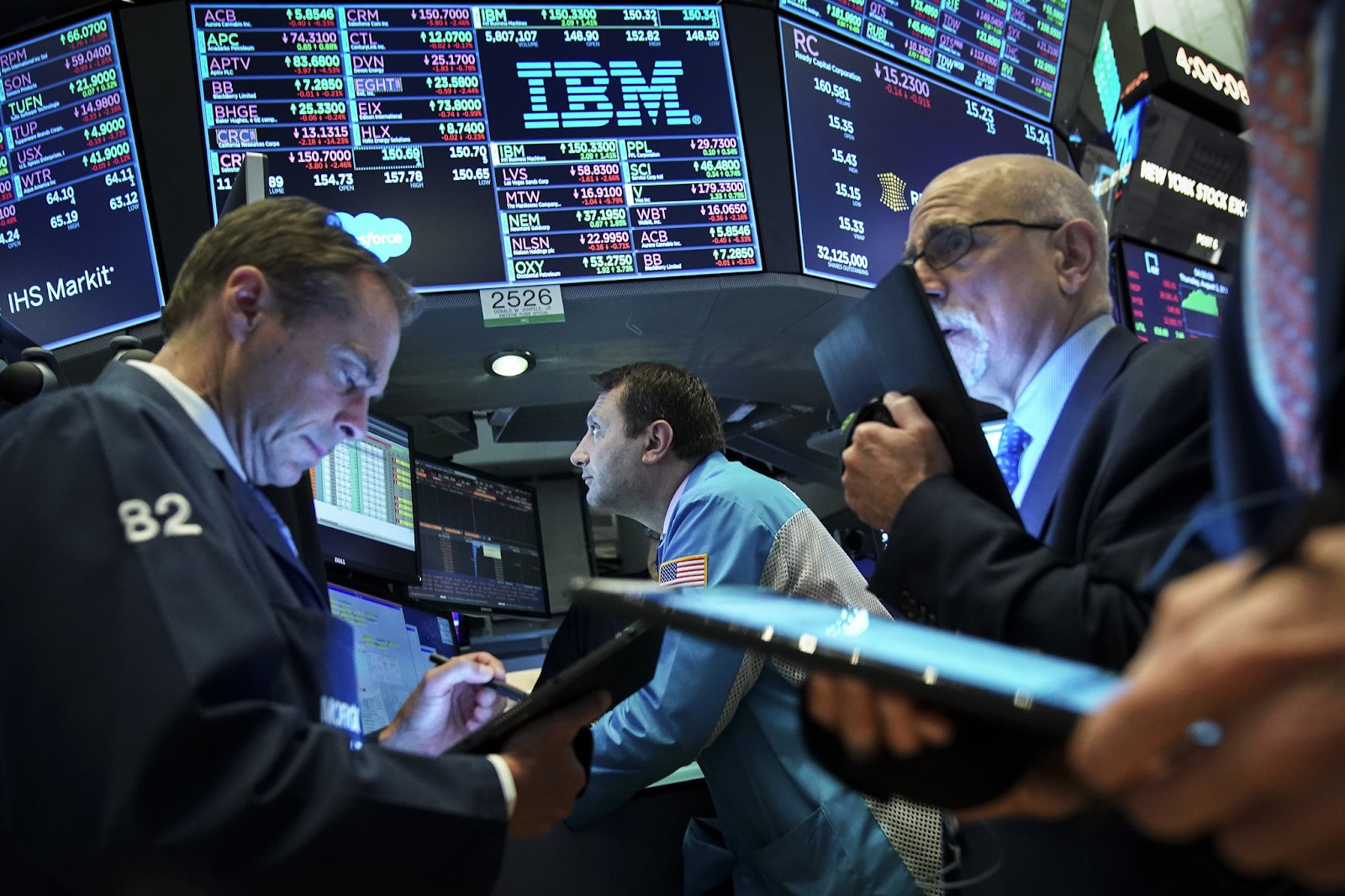Are financial asset prices about to embark on a fall?
Is the global economy on the verge of a new, and much more destructive lurch lower and, by the same token, are financial asset prices about to embark on a fall that will make last year’s 36% combined fall in bonds and stocks look like a tea party?

Top strategists shared their take on the impact SVB's collapse will have on financial markets and the banking sector.
>> Is the SBV collapse a precursor to a financial crisis?
It has long been argued, including by us, that years and years of rampant monetary largesse after the global financial crisis (GFC) would result in rampant inflation. Admittedly, the vast bulk of this inflation since the depths of the global financial crisis has been in asset prices, not goods and services prices. This happened because the supply of goods and services was very elastic, helped by rampant globalisation and, in particular, the growth of China.
However, in recent years this supply has dried up, both in terms of goods because of supply chain problems and the push towards deglobalisation, and in services as labour tightness has resulted from things like the pandemic. Before goods and service price inflation materialised central banks were able to respond to any crisis with even more monetary largesse. That’s what we saw when the pandemic broke, for instance. But in effect central banks were just digging the hole deeper.
A hole into which everybody has now fallen because goods and service price inflation has soared and new monetary largesse is off limit s as a result. This period of extreme monetary largesse has also seen debts increase in the private and public sector, and it has similarly seen lots of people saddled with assets that are worth a good deal less than when they bought them. In short, it would seem to have all the makings of a crisis that could make the GFC of 2008 look like a mere dress rehearsal.
Or is it that bad? For a start, large and particularly systemically important banks are far better capitalised than they were. There is also an absence of the highly leveraged products in areas such as US housing finance that turned the housing crash into a full-blown financial crisis.
Another factor is that central banks have made strenuous efforts to introduce and/or make permanent FX swap lines to supply key currencies, particularly the dollar, in times of acute stress. We also have to bear in mind that there have been a number of crises since the GFC, including the pandemic and the Ukraine/Russia conflict and yet, to date, there’s been asset price weakness but not some sort of almost existential threat to the financial system.
>> Drastic measures needed to ward off financial crisis amid cash crunch, experts warn
It is as if the various financial authorities have been spinning plates and, while a few have fallen off in the 15 years since the GFC, the whole lot has not come toppling down – yet. Of course, central banks have been able to keep the plates spinning in part because low inflation allowed extra easing, which is not the case now.
The question now is whether the banking stress we are seeing, primarily in the US with Silicon Valley Bank (SVB), is the first sign of much deeper and wider stress to come. Akin, for example to the decision by BNP in August 2007 to suspend three investment funds because of strains in the US sub-prime mortgage market?
Mr. Steve Barrow, Head of Standard Bank G10 Strategy leans to the view that we are not about to see the world descend into a vortex of cascading financial risk that renders last year’s 36% combined fall in global bonds and stocks a mere warm-up act for the real decline to come. That’s not to say that we think asset prices have moved into a buying zone either. More plates from our earlier analogy are likely to fall off. In the long haul, the global economy should improve, inflation will come down, central banks will no longer have to lift rates, the dollar will fall and asset prices will rise. But the problem with the long haul is that it takes a long time. And, in the meantime, asset price destruction, economic weakness and dollar strength could still be significant.








